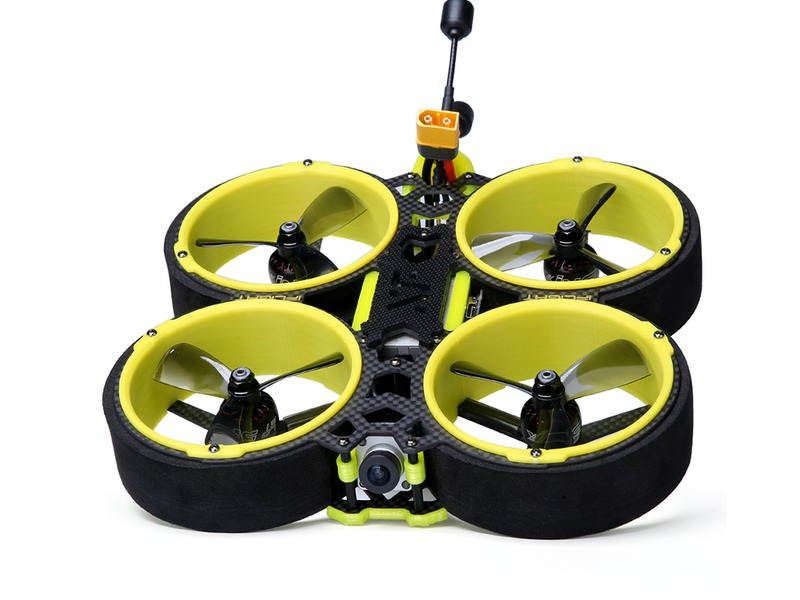Do Military drones use GPS?

Yes, military drones do use GPS (Global Positioning System) technology. GPS is a satellite-based navigation system that provides accurate positioning, navigation, and timing information to users around the world. It is used by the military to provide real-time information on the location of military assets and personnel.
GPS is used by military drones to provide precise navigation and positioning. It allows the drone to fly autonomously, without the need for a human pilot, and to accurately reach its target. GPS is also used to provide navigation information to the drone’s onboard computer, allowing it to make decisions about its flight path and mission objectives.
GPS is also used to provide information about the environment around the drone, such as terrain and obstacles. This information is used to help the drone avoid obstacles and to ensure that it reaches its destination safely. GPS also helps the drone to determine its position relative to other aircraft in the area and to avoid collisions.
GPS is also used to provide communication between the drone and its ground station. This allows the drone to be controlled remotely and to receive and transmit data. This data can include mission objectives, flight plans, and other important information.
In addition to GPS, military drones also use other navigation systems. These systems use different technologies and are used in different situations. For example, some drones use inertial navigation systems, which use accelerometers and gyroscopes to determine the drone’s position. Other drones use optical navigation systems, which use cameras and image recognition software to determine the drone’s location.
Overall, military drones use GPS technology to provide accurate navigation and positioning information. This information is used to help the drone reach its destination safely and to provide communication between the drone and its ground station. GPS is also used to provide information about the environment around the drone, such as terrain and obstacles. This information is used to help the drone avoid obstacles and to ensure that it reaches its destination safely.
Comments / Question
2. Increased Situational Awareness: GPS provides military drones with a better understanding of their surroundings, allowing them to identify potential threats and avoid them.
3. Improved Target Acquisition: GPS allows military drones to quickly and accurately identify targets and track them in real-time.
4. Enhanced Communication: GPS can be used to send and receive communication signals, allowing military drones to stay in contact with their operators.
5. Enhanced Security: GPS can be used to provide secure communication between military drones and their operators, reducing the risk of interception.

